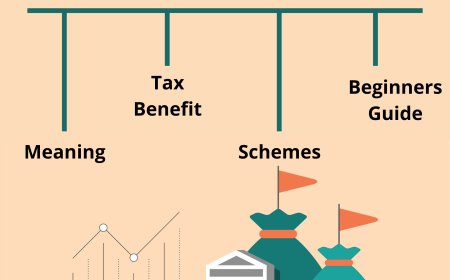How to File a Motorcycle Insurance Claim Like a Pro
Filing a motorcycle insurance claim can feel overwhelming, especially after an accident. Between the stress of the incident and the pile of paperwork that usually follows, it's easy to feel lost. But knowing exactly what to do, when to do it, and how to handle your insurer can turn a chaotic experience into a smooth process. This guide will walk through the steps on how to file a motorcycle insurance claim like a proso you can get back on the road faster and with less stress.
Understand Your Motorcycle Insurance Policy
Before anything happens, it's important to know what your motorcycle insurance actually covers. Policies differ depending on the provider and the type of coverage you selected. Some cover only liability (damages you cause to others), while others may include comprehensive, collision, medical, and uninsured motorist coverage. Reviewing your policy ahead of time gives you a clearer picture of what youre entitled to and whats not covered when its time to file a claim.
Stay Calm and Safe at the Scene
The first moments after an accident are crucial. Your safety comes first. Move your motorcycle to a safe place if possible, check yourself and others for injuries, and call emergency services if needed. Even in minor accidents, its smart to file a police report. That report serves as official documentation, which can help support your motorcycle insurance claim later on. Take clear photos of the damage, the scene, traffic signs, and anything else that can provide context. Also, exchange contact and insurance information with the other party involved.
Contact Your Insurance Company ASAP
Once youre safe and have the necessary info, contact your motorcycle insurance provider as soon as you can. Many companies have apps or 24/7 hotlines, so you dont have to wait. The sooner you notify them, the sooner the claim process starts. Waiting too long might lead to complications or delays. Be ready to provide details about the accident, including the date, location, people involved, and the police report number if one was filed.
Gather and Submit the Right Documents
Now its time to get your paperwork in order. Most insurers will ask you to complete a claim form, which might be done online or through a mobile app. Youll need to include supporting documents like:
-
Photos of the damage
-
Copy of the police report
-
Witness statements (if available)
-
Medical records (if there were injuries)
-
Repair shop estimates
Being organized and submitting everything quickly shows your insurer youre on top of things and can speed up the claim review.
Get an Estimate and Choose a Repair Shop
Your insurance company may recommend a network of approved repair shops. You dont always have to use one of their options, but going with their preferred shops can make the process smoother, especially when it comes to billing and warranty on repairs. Get an estimate for the cost of repairs and share it with your insurer. They might send out an adjuster to inspect the damage before approving your claim.
Work With the Claims Adjuster
A claims adjuster is your main point of contact during this process. They review your case, determine fault (if applicable), and estimate costs. Be honest and cooperative with them. Don't exaggerate or leave out key detailsthey've seen it all and can usually tell when someones bending the truth. The adjusters job is to make a fair assessment based on the evidence you provide and the policy terms.
Understand the Settlement Offer
Once your claim is reviewed, the insurance company will provide a settlement offer. This offer might cover repair costs, medical expenses, or replacement value if your motorcycle is totaled. Its important to read it carefully. If you think the offer is too low or doesnt match your policy, you have the right to dispute it. In some cases, you might need to provide additional evidence or get a second repair estimate to support your case.
Know What to Do If Your Bike Is Totaled
If the cost to repair your motorcycle is more than its value, your insurer may declare it a total loss. Theyll usually offer you the actual cash value (ACV), which takes depreciation into account. Make sure to check the market value of your motorcycle so you know if the offer is fair. You can negotiate if you have proof your bike was worth more based on upgrades, condition, or comparable listings.
Keep Track of Expenses and Communication
Throughout the entire process, document everything. Keep receipts for towing, temporary transportation, and any other related costs. Also, keep a log of your communication with the insurance companydate, time, who you spoke to, and what was discussed. If something goes wrong or theres a delay, having a paper trail gives you the upper hand.
What If Your Claim Is Denied?
Sometimes, claims get denied. This could happen if your policy doesnt cover the damage, if you missed a deadline, or if the insurer believes you were at fault and not covered. Dont panic. Ask for the denial reason in writing. Review your policy again. If you still think the denial is unfair, you can appeal the decision or file a complaint with your states insurance department. You can also consult a lawyer if the amount in question is significant.
Conclusion
Filing a motorcycle insurance claim doesnt have to be a confusing or stressful process. With the right knowledge and preparation, you can handle it with confidence and come out of it feeling like a pro. Knowing your policy, staying calm after an incident, collecting all the right information, and keeping everything documented are the key steps to getting what you deserve from your motorcycle insurance.
Call to Action
If you ride regularly, take five minutes today to review your motorcycle insurance policy. Know whats covered and whats not. It could save you tons of time and money down the road. And remember, the better prepared you are, the faster youll be back on two wheels.



















































